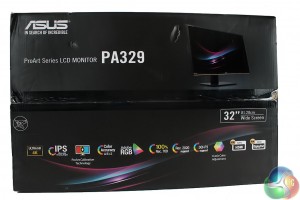
There are some notable differences with the design of the PA329Q from previous Asus ProArt models. Originally, Asus bundled a monitor hood with the display, for the purpose of shielding the image from external sources.
They are useful things indeed, but not everyone needs them.
Likewise, Asus originally saw fit to provide a measurement guide along the bezel, with centimetres and inches to manually adjust the size of on-screen objects along with real-world sizes. That is now represented in a more digital form, rather than physically.
A colour calibration report, user manual, cable tie and VIP notice are included, along with HDMI and DisplayPort video cables.
The stand comes as a single assembled piece. Around the base are measurement markers, which may be of use to some people (or may equally be a bit of a gimmick).
The familiar triangular cable management hole makes a comeback from the design of previous Asus displays.
The stand connects to the rear of the display using a straightforward mechanism, with 100mm VESA mounting holes and the usual “eject” button to remove the stand later.
With a gold trim and lettering on the screen, Asus has chosen a “black and bling” colour scheme (our name for it, not theirs) with a very tasteful shade used all around the screen. It looks great and provides excellent contrast to the dark black chassis.
This view of all the ports underneath the screen shows the wide range provided. For video there are HDMI ports, DisplayPort and Mini-DP.
Uniquely, Asus has chosen to ditch the analogue 3.5mm output audio jack and put a digital connector in its place. There’s still a 3.5mm jack for audio input though.
There’s a hard power switch.
The stand is fully flexible with a wide angle of rotation.
It can be raised and lowered.
Pivoted round to be used in portrait mode.
And tilted back and forth.
Although Asus is certainly not the only firm to offer a 32-inch display with a fully flexible stand, some large displays do not offer all these adjustments, usually forgoing a pivot mode, in particular.
 KitGuru KitGuru.net – Tech News | Hardware News | Hardware Reviews | IOS | Mobile | Gaming | Graphics Cards
KitGuru KitGuru.net – Tech News | Hardware News | Hardware Reviews | IOS | Mobile | Gaming | Graphics Cards


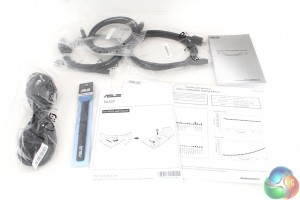
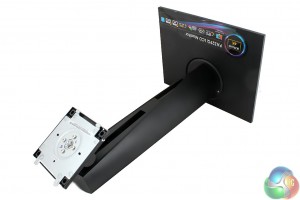
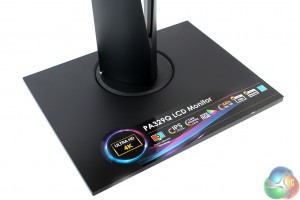
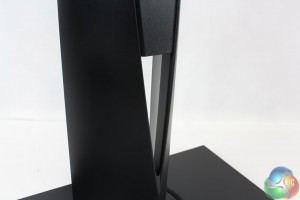
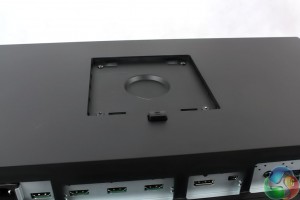
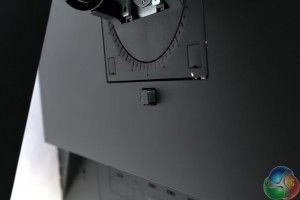
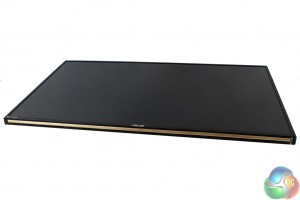
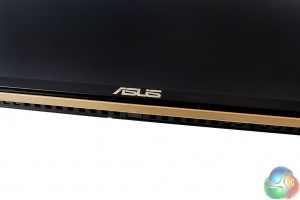
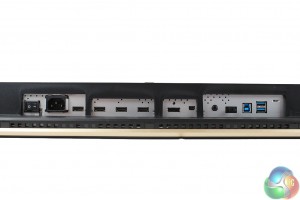
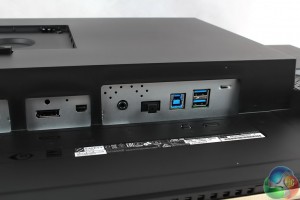
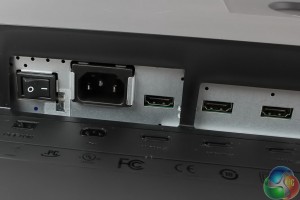
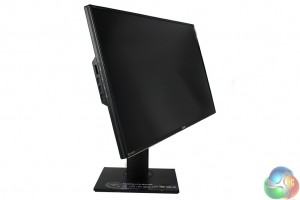
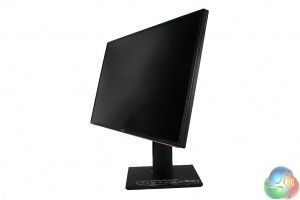
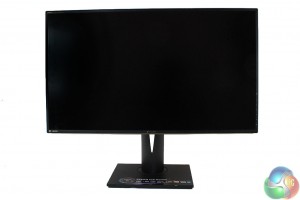
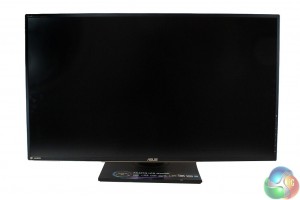
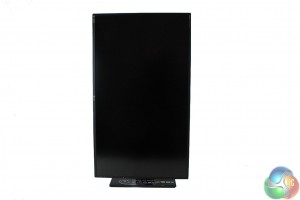
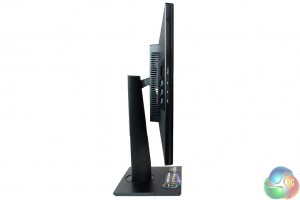
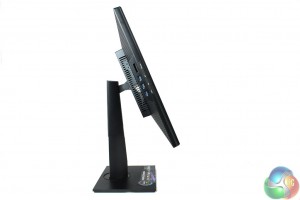

DP 1.3 please. 120hz refresh please. TY.
Any chance when you review a 4K display you could make a comment on how it looks in 1920 x 1080? If I was to get a 4K display, it’s important in situations where things really are too small (eg: an older game with fixed size small UI) I can drop the resolution and things still look good.
I’ve heard whispers that some screens have special inbuilt hardware that allows the use of pixel doubling/whatever technique which enables half the resolution without massive quality loss. Problem is, no one ever comments on this in their 4K reviews.
Great review – thank you.
Any word on release / ship date for the Asus ProArt PA329Q?
Please I have only one question, and I hope I’ll receive an answer.
To calibrate this monitot should I use the ProArt Calibration software included, or the Sotware of my Spyder5? It’s very important for me, thanks.